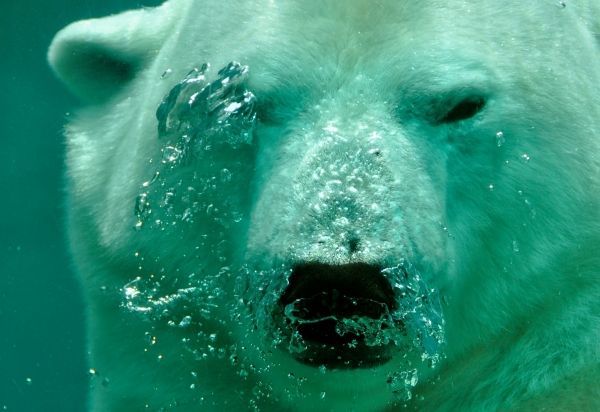A major shift in western Arctic wind patterns occurred throughout the winter of 2017 and the resulting changes in sea ice movement are possible indicators of a changing climate, says Kent Moore, a professor of physics at the University of Toronto Mississauga.
Thanks to data collected by buoys dropped from aircraft onto the Arctic Ocean’s sea ice, Moore and colleagues at the University of Washington, where he spent the year as the Fulbright Visiting Chair in Arctic Studies, were able to observe this marked, anomalous shift in Arctic wind patterns and sea ice movement during the winter of 2017. Their study is published in Geophysical Research Letters.
Usually, the western Arctic has relatively stable weather during the winter; it is home to a quasi-stationary region of high pressure known as the Beaufort High, which promotes “anti-cyclonic” winds that travel in a clockwise direction and move sea ice along with it. By contrast, the eastern Arctic has a more dynamic climate where cyclones are a common winter phenomenon with storms moving from Greenland towards Norway and the Barents Sea.
Read more at University of Toronto
Image Credit: Pixabay


